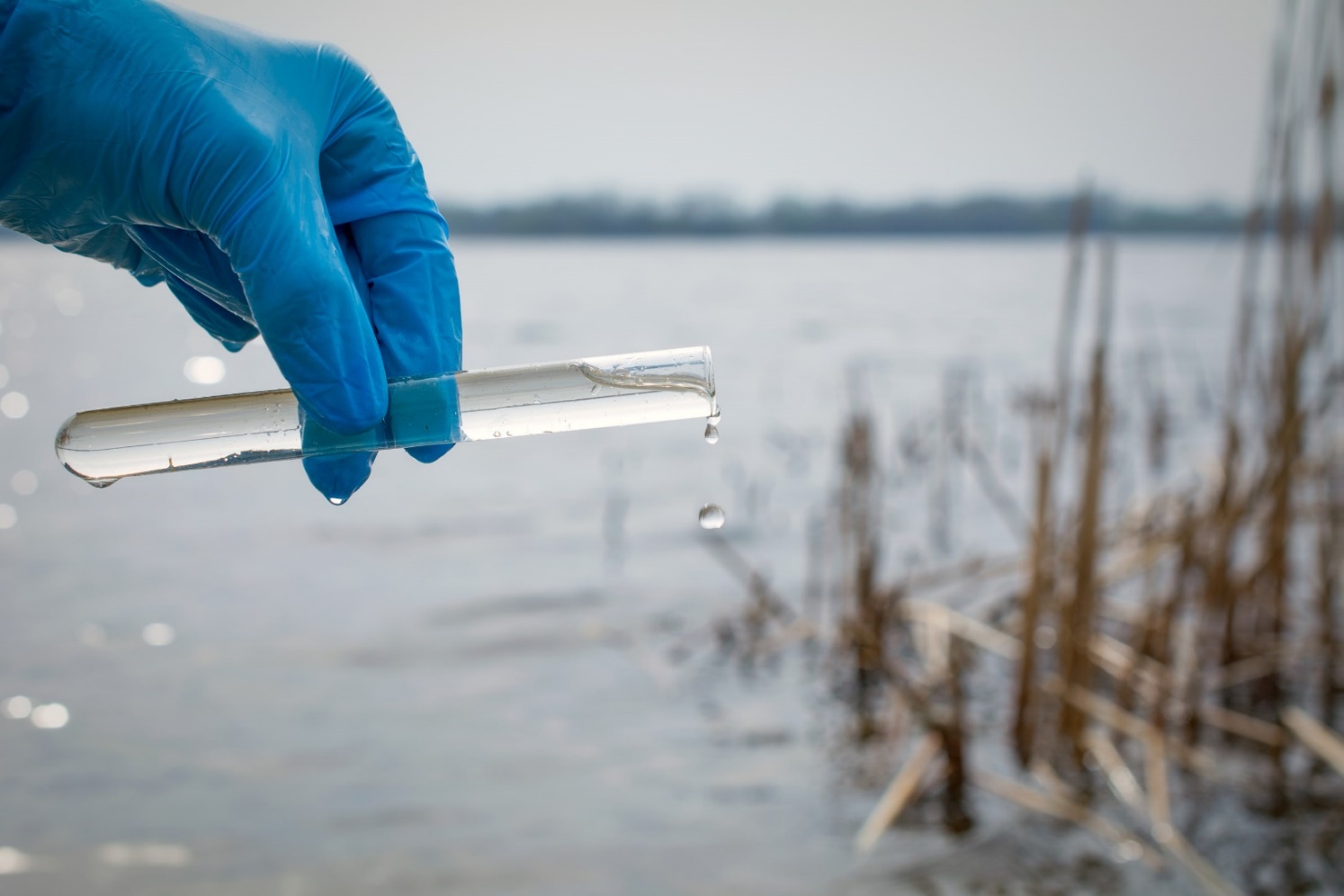Low-Tech Water Testing: Do You Need A Lab?



Thanks to modern science, tasks like chemical testing of drinking water and seawater testing are easier than ever. Now we’re able to detect traces of chemicals in water, even in very small amounts. As progress marches on, the options we have for water testing continue to grow, and many of these options require access to a full laboratory. Thankfully, there are smaller tests out there that anyone can carry out themselves for certain purposes. If you’re interested in the low-tech counterparts to many of the more complicated testing methods we employ here at Eurofins, read on.
Test formats
There are three main type tools to test water for chemicals when you don’t have access to a scientific laboratory. These are test strips, colour disc kits, and digital tools.
Testing strips are still fairly common – you may have used litmus paper strips in school to test water for acids or bases. Test strips are portable, but single-use, and each one is made to test for the presence (or absence) of a specific chemical. Typically, all a user needs to do is place the strip in a body or stream of water, and then compare the colour of the testing strip to a chart. This is very simple as far as methods go, but isn’t nearly as accurate as other techniques.
Colour disc kits can be used for a broader series of tests. Conventionally, to use a colour disc kit, a user mixes powder or a few drops of liquid reagent with the sample of water in a plastic tube. The plastic tube can then be loaded into a viewing box. The box contains a spinning disc, which the user rotates until it matches the colour of the sample to find the concentration of the target chemical present. These tests are more accurate, but since they have more steps to follow (and typically also involve prescribed wait times) they can be a bit more complex to carry out. Digital tools are the last of these three main types of tests.
Digital tools come in all shapes and sizes, and while they’re the most accurate and fairly simple to use, they can be fairly expensive, and less accessible to the average consumer. They also require upkeep and regular calibration. While digital meters are certainly very helpful to field technicians, and form the backbone of many remotely operating sample analysis networks, they probably aren’t your best bet for one-off tests.
Chemical Analysis of Water
Now that you know some low-tech forms of water testing, we need to know what we’re testing for. Chemical monitoring for fluoride, arsenic and nitrate is fairly common, especially because some natural minerals contain fluorine and arsenic in dangerous quantities. All of these can be detected with digital meters. Nitrate can be detected with paper strip and colour disc tests too, but the other two are generally only tested with digital tools, as miscalculations can be dangerous. The next most common tests are for naturally occurring metals which can alter taste and odour, i.e. iron, manganese and TDS, or Total Dissolved Solids. Beyond that, some water systems also require pH and chlorine testing. pH level isn’t a pollutant itself, but testing for it is important, as it can affect the behaviour of other substances in the water, and how they show up on tests. Chlorine is relatively easy to test for, and there are many testing strips, colour discs and portable digital meters that are designed for chlorine detection, many of which are specifically targeted toward swimming pool water analysis, if that is what you are looking for. Testing for metals and dissolved solids is trickier, and is best tested for by a lab.
Find the data you need
The overwhelming majority of all tests are best performed with a full scientific laboratory. This is the best possible way to ensure accuracy of results – especially important when water analysis is being carried out for consumption reasons. However, it is true that as technology progresses, smartphones are becoming more and more able to handle certain analytical tasks. Low-tech smartphone testing is a growing field of inquiry, and some reliable smartphone tests do exist now – mostly those aimed at detecting pollutants like mercury or pesticides. If you want to know more about chemical analysis of water, and whether or not you need a lab for your testing needs, talk to the experts at Eurofins. With over 20 years’ experience testing products across multiple industries, you can count on us to point you in the right direction.






